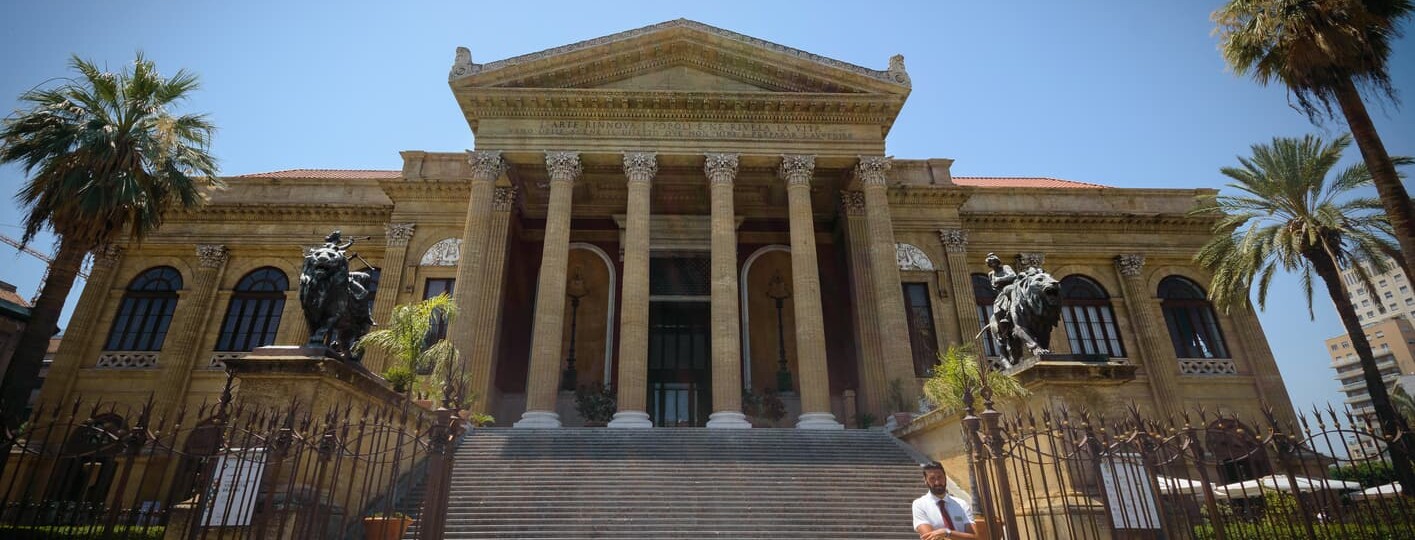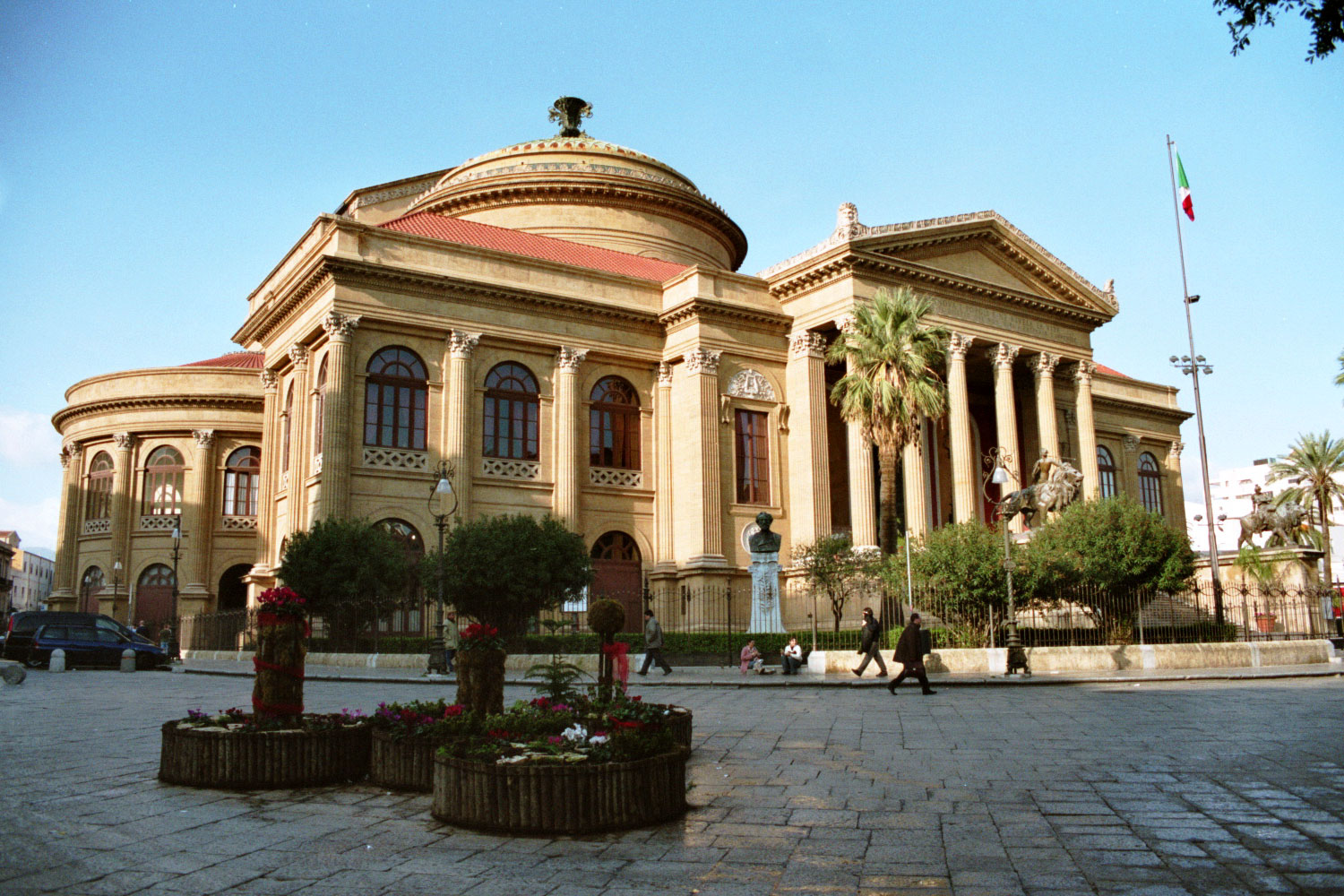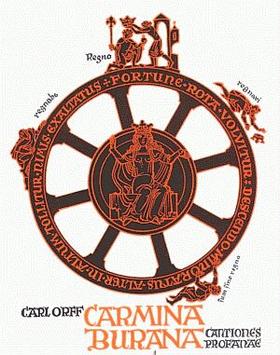"The secret of getting ahead is getting started."
-- Mark Twain
************
"I have not failed. I have found a thousand ways that won't work."
-- Thomas Edison
************
“It doesn’t matter how smart you are, unless you stop and think.”
-- Thomas Sowell
*************************
5D Woman Reveals Why The Sheeple Love Their Covid Religion And All Idiot Religions
Turbofanpowerd
August 2, 2022
Check out the covid bio weapon vaccine http://thecrowhouse.com/Documents/Intra-body%20nano-network%20-%20Brief%20summary%20by%20Mik%20Andersen.pdf
************
The Vaccinated Are Actually Patented Homo Borg Genesis Genetically Modified Animals
'Intra-body nano-network' by Mik Andersen (Brief summary)
*************************
Walking the Spiritual Path Alone
Awaken Insight
167K subscribers
126,932 views - April 14, 2019
Many people find themselves increasingly alone on the spiritual journey. This is not only very common, but in some sense intrinsic to the journey.
con't....
************
I like being alone but I learned that I am never alone. My guides are always sending me messages."
-- yolanda Landeros
*************************
Piece of the Evil Demonic Puzzle- The Process Church
Esther Fight4thePeople
*************************
Richard Wagner - DAS RHEINGOLD - Entrance of the Gods into Valhalla (Solti, 1958)
Meyerbeer Smith
287,643 views - August 19, 2016
DAS RHEINGOLD
Vorabend des Bühnenfestspiels ‘Der Ring des Nibelungen’
Composer and librettist: Richard Wagner (1813–1883)
First performance: Nationaltheater, Munich, 22 September 1869
SETTING: In and around the Rhine, mythic times
PLOT: At the bottom of the river Rhine, the Nibelung dwarf Alberich steals the Rhine gold from the Rhinemaidens and, renouncing love, forges it into a ring of power. Elsewhere, Wotan (=Odin), ruler of the gods, has ordered the giants Fafner and Fasolt to build a castle. Wotan refuses to give them the price they asked: Freia, goddess of youth and beauty. The giants kidnap Freia, and will only return her in exchange for Alberich’s treasure. Without Freia’s golden apples, the gods begin to grow old. Wotan and Loge descend into Nibelheim, where Alberich has used the ring to make the other Nibelungs his slaves. They capture Alberich, and take him to their mountain top. They force Alberich to give up his treasure, including the ring, which Alberich curses. Fafner and Fasolt quarrel over the treasure, and Fafner kills Fasolt. The gods enter their new home, which Wotan names Walhall (Valhalla). The Rhinemaidens lament the loss of their gold.
Entrance of the Gods into Valhalla
Fafner has just slain Fasolt, to the horror of the gods. Donner (=Thor) god of thunder, summons a storm to clear the air. The clouds part to reveal a rainbow bridge spanning the Rhine. Wotan praises the majesty of Valhalla, and leads the gods across the bridge. Loge (=Loki), god of fire, hangs back; he believes the gods are hastening to their end, and considers turning himself back into fire. The Rhinemaidens ask the gods to return the gold, but Wotan orders them to be quiet. Loge tells them that they must now bask in the glory of the gods.
Wotan (baritone): George London
Donner (baritone): Eberhard Wächter
Froh (tenor): Waldemar Kmentt
Loge (tenor): Set Svanholm
Fricka (mezzo-soprano): Kirsten Flagstad
Freia (soprano): Claire Watson
Woglinde (soprano): Oda Balsborg
Wellgunde (mezzo-soprano): Hetty Plümacher
Floßhilde (contralto): Ira Malaniuk
Conductor: Sir Georg Solti
Wiener Philharmoniker
Vienna, 1958
************
"Wagner’s operas are really growing on me. Reading the English translations of the lyrics and understanding the mythic roots of the plot makes it even more powerful and enjoyable."
-- You don't know me
"Wagner is a magician; once he has you under his spell, he never lets go"
-- John Holmes
"This is the definition of divine triumphant music. The sound of Donner’s Hammer hitting the rock is perfect."
-- Anna Maria Delgado
"No word can describe the immense beauty and great richness of Wagner Music."
-- manouchehr7
" 'Der Ring des Nibelungen' is the most perfect artwork of all time ! Wagner finally accomplished his aims with this timeless unbeatable masterpiece !"
-- Hilano Carvalho
************
https://en.wikipedia.org/wiki/Das_Rheingold
*************************
Magnificently adapted, ruthless, and brutally efficient
African Wild Dog VS Spotted Hyena - YouTube
*************************
"Swastika" on the Moon
This was apparently confirmed by NASA in 2012. This is just one of a lot of "stuff" in our solar system. It would be easy to dismiss, until one looks closely at the finite detail, and of course the dome in the center with a notch at the top of it.... all symmetrical, with perfect right angle turns, and perfectly spaced notches on just one side of each leg.
*************************
☀✪ Pagan Symbols: The Meaning Behind Wicca, Sigils of Power & Protection
Spells8
62.8K subscribers
1,323,342 views - August 2, 2019
⯈⯈ Become a Wiccan! Visit https://spells8.com/courses/wicca-self-initiation/
Chart of important Wiccan symbols every Witch should know and their meaning. Also: the wheel of the year, runes, and alchemical elements: Fire, Air, Water, Earth, and Spirit, and other protection sigils.
From the Horned God and Moon Goddess to the Witches Knot, these wiccan magic symbols are used for protection, power, good luck, love and a lot more. Their origins and history can be traced back to the ancient Greek, Irish and even Hindu traditions.
Like other religions, Wicca has its own religious symbols which carry spiritual meanings and sacred power. You have likely seen some of these pictures before, so here's an opportunity to learn their meanings and origins. If you're thinking about getting a tattoo of a pagan symbol, a sigil, or wear a Wiccan charm, learn as much as you can about the origin of the symbol so you can wear it respectfully.
How to use these Wiccan symbols? You could charge them as sigils by carving them or drawing them on a piece of clothing, as jewelry, or in your bedroom/home. Some witches like to hang them near the front door or outside and use them as warding symbols of protection. You could also get a tattoo of a Wiccan symbol to remind you everyday of your faith and your identity as a Witch.
Featured playlist
************
************
A brief interchange I had from this video lead me to a fundamental question
Deagánach Ó Marúnacathasaigh
The Triskelion represents Manannán Mac Lir the Irish / Celtic God of the Sea.
The Torqu ( what you call the horned God) is one of the many symbols OF Cernunnos the Irish / Celtic God of Nature
An snaidhm or The Celtic Knot is the symbol that represents Bríghíd the Irish Goddess of Agriculture, blacksmithing, fertillity, craftsmanship, childbirth and healing
Joseph
Cernunnos was the regional name in Gaul (modern day France), but there were horned gods in many places.
Deagánach Ó Marúnacathasaigh
@Joseph Yes he was a general Celtic deity but I'm afraid no one would know the name Chornachahaon which is the Irish Cernunnos
What was the name for the Horned God in the Val Camonica?
************
Cerniéra - The horned god in Val Camonica?
If Mòna is the name of the Goddess in Camunian, then what was the name of the God? There are many names of the Horned God across western Europe. Cernunnos is the one that most comes to mind, with a lot of local names: Cern, Cernunno, Cerunico, Kern, Kernunno, Kernunnos, etc. I was able to find one possibility for the Camunian Horned God: "Cerniéra." This word means "interlocking closure," which is cryptic enough. In Asatru, the word Odin can be translated as "master of the order," which possibly could give a clue as the two definitions seem to convey a similar type of message and resonance. Interestingly enough, in the Camunian dialect, the word for "order" is "urdèn" which sounds like Odin! I don't think there's a religious connection there, but I do think that there is a Proto-European linguistic connection as many of the words in Camunian are Proto-European and extremely ancient.
The men in so many of these traditions were the "head of the family," while the women were the "head of the house," and that found its way into Christian cultures. In Italian culture, the mother is at the center of the family, while the father is the final authority, but that authority is not absolute. The Father is Law, while the Mother is Justice. Going clear back into the ancient world, the husband was out on the hunt, or defending the tribe, clan, or homestead, while the wife stayed at home with the children and took care of domestic or village life, including leadership roles within that village and garden. Later, the male took care of economic matters, while the wife took care of domestic matters, so they didn't collectively "compete." However, they competed within their own social milieu. So were the divine masculine and divine feminine energies in the old pagan Val Camonica defined as Cerniéra and Mòna?
Of course, this would have been before the Latin language and the Phoenician system of letters. So academically, it would have been altered as "Cerniero" and "Mona" without the accent marks. The Gaelic language shown above is just as mysterious as the Camuno-Valtellinese-Orobie language was. At least in Gaelic, I think that the language can be studied and spoken, while the ancient language of the latter cannot as it was altered by Gaulish, then by Etruscans when they migrated into ancient Rhaetia, then by Latin after the Roman conquest, then by Germanic, and finally being replaced by Italian. All we have are clues and comparisons to go by. Also, there must have been so many words that were eventually just not used anymore, and forgotten, and didn't make it into the latter days of when the Lombard language was a truly living language in the Alps of Lombardy and a few locales in Switzerland.
*************************
Angie Everhart
The most alluring female vampire of all; 'Bordello of Blood' (1996)
*************************
BLACK SABBATH - "Iron Man" (Official Video)
Black Sabbath
1.58M subscribers
43,331,180 views - October 20, 2014
The original, official "Iron Man" music video
Facebook: http://www.facebook.com/BlackSabbath
Instagram: http://www.instagram.com/BlackSabbath
Twitter: http://www.twitter.com/BlackSabbath
Website: http://BlackSabbath.com
Spotify: http://bit.ly/SabSpot
YouTube: http://www.youtube.com/BlackSabbath
con't....
*************************
Video Links
Huge brown bear enters 7-Eleven store and helps itself to CANDY BARS 🐻 | SWNS - YouTube
California Tries to Control Wild Pig Problem - YouTube
MASONIC LUCIFERIAN CONTRACT IN HOLLYWIERD
50 Famous Celebrities Who Were Shockingly MURDERED! - YouTube
The Mysterious Unmarked Grave of Fred Gwynne. Herman Munsters Grave - YouTube
*************************
The Asian golden cat is a medium-sized wild cat native to the northeastern Indian subcontinent, Southeast Asia and China. It has been listed as Near Threatened on the IUCN Red List since 2008, and is threatened by poaching and habitat destruction, since Southeast Asian forests are undergoing the world's fastest regional deforestation.
*************************
"Google are deep state. Forget about conventional wars, forget about spies, forget about intelligence agencies, forget about all of that. It's all about the internet and google run the internet. They decide how you feel, what you think, what information you can and can't look at, and ultimately who does and doesn't have a voice."
-- David Bowie's final tweet, December 15, 2015
*************************
"We've clearly moved from reality into a twilight zone. This is no joke now. No metaphor. We are in Armageddon."
*************************
The Foundations - Build Me Up Buttercup
gemz4will
35M views
************
"My Mom loved this song! I both smile and cry when I hear this! She was born in 1950 and passed in 2008. I miss ya Mom!"
-- Derrick McLovin'
"I love this song and my sister and I would listen to it when she came over before she passed away it makes me sad but happy at the same time"
-- Shannon Boyle
"I can't help but smile every time I listen to this song because I remember when I was on 7th grade, a bunch of guys in my choir class (who were normally jerks) got together and practiced this song and during our concert they brought an elderly woman up on stage and started singing this to her and she started crying she was so happy."
-- Koralia Thompson
"It seems a lot people in my age range (early 20's) know these songs because our parents play them on their computers and, now, mp3 players. I grew up with these songs in my household (besides my own selection of music, of course). And I like it."
-- PhantomSausage
"The feeling it's talking about is timeless, no matter what generation you've been in we've all had somebody make us feel this way. I love how it's so upbeat and playful but if you listen to to words it's actually a sad song."
-- Lindsay Shine
"Hey, its music guys, it ain't new music, and it ain't old music. Its just music. Music is timeless, and isn't held to one year or decade. The only thing that holds it is its meaning and each song holds a different meaning to each person."
-- Pal_200
"Brings back so many great memories from this time period. This song never gets old."
-- Tasha Marie Montelongo
"A timeless classic!"
-- Ray Butler
"Awe🤗 This song brings back so many memories. My dad would always sing this song to me when I was a little girl. He would always call me his little buttercup:) No matter how old I get, I’m always going to be his little buttercup💕"
-- Kaelynn Ward
*************************
"We have the money, the technology, the scientific know-how, to create a kind of paradise. But we are led by the least among us, and the least intelligent."
-- Terence McKenna
*************************
The familiar label. Arden Hills, Minnesota. I have relatives who live around that area. Founded July 8, 1921. Agricultural cooperative. 3,963 farmer-owners.
I hope there's no move to eliminate this label. If anything, maybe they could perhaps make her look a bit more Native! I remember my mother said that she remembers, even in rural Wisconsin, of growing up on Cream of Wheat, and of course that familiar label... then that label was eliminated.
*************************
The other YouTube Slavic mystery woman
I had posted one of them, and here's the other. I like the background. It might sound like sort've a crazy thing to think, but I remember being on vacation with my family and driving across Wyoming when I was a kid. I just recall of one day the land and sky looking exactly as this image. I recall the sky was dark and it rained briefly, then the sun came out right afterwards.
*************************
Gangkhar Puensum Mountain, Bhutan
Gangkhar Puensum (Dzongkha: Kangkar Punsum, alternatively, Gangkar Punsum or Gankar Punzum) is the highest mountain in Bhutan and the highest unclimbed mountain in the world, with an elevation of 7,570 metres (24,836 ft) and a prominence of 2,995 metres (9,826 ft). Its name means "White Peak of the Three Spiritual Brothers" in Dzongkha.
Gangkhar Puensum lies on the border between Bhutan and Tibet, China.
************
I think this was a recent Windows Spotlight. Very beautiful area. Tibet, unfortunately, used to be many times larger than what is is today.
*************************
Patton | Soundtrack Suite (Jerry Goldsmith)
94.3K subscribers
819,778 views - April 22, 2012
*************************
"Hell is empty and all the devils are here."
-- William Shakespeare
*************************
It's tan (rather than white marble) appearance is catchy, as well as its Etrusco-Roman style "wings." Behind is a large rotunda, which is the ceiling of the opera house. It was constructed in 1897.
*************************
HEADS UP LADIES, THIS COULD HAPPEN TO YOU IN A BAR OR NIGHTCLUB, BE VERY CAREFUL
99Percent
13703 subscribers - October 4th, 2022.
THE RICH PUT IN THEIR SPECIFIC ORDER FOR THE GIRL THEY ARE LOOKING FOR TO ADD TO THEIR SEX TRAFFICKING RING & DEMONS LIKE THIS GO ON THE HUNT. WHEN THEY FIND A TARGET THEY MOVE IN VERY SNEAKY WITH THE BARTENDER, A FEMALE, APPARENTLY ACCEPTING A BRIBE TO LOOK THE OTHER WAY. THANK GOD FOR OTHER'S WHO FELT SOMETHING JUST WASN'T RIGHT.
NEVER ACCEPT A DRINK FROM A STRANGER BUT ALWAYS GET IT STRAIGHT FROM THE BARTENDER IF YOU GO TO THESE TYPES OF PLACES. BEST THING IS TO JUST STAY AWAY FROM THESE DEMONIC PLACES.
SHARE THIS WITH EVERYONE
************
A person's "fairy godmother" isn't always who you think it will be.
*************************
"The masses have never thirsted after truth. They turn aside from evidence that is not to their taste, preferring to deify error, if error seduce them. Whoever can supply them with illusions is easily their master; whoever attempts to destroy their illusions is always their victim."
-- Gustave Le Bon
*************************
Oliver - Good Morning Starshine
Suzyy70
11,178,473 views - March 18, 2014
con't....
************
"This song was popular when I was in high school in the 70’s. Life wasn’t so complicated back then. Love the memories that come back when I listen to it♥️🤩."
-- Pam Speer
.





























.JPG/1024px-Orff%2C_C._Carmina_Burana_(M%C3%BCnchen%2C_1959).JPG)







